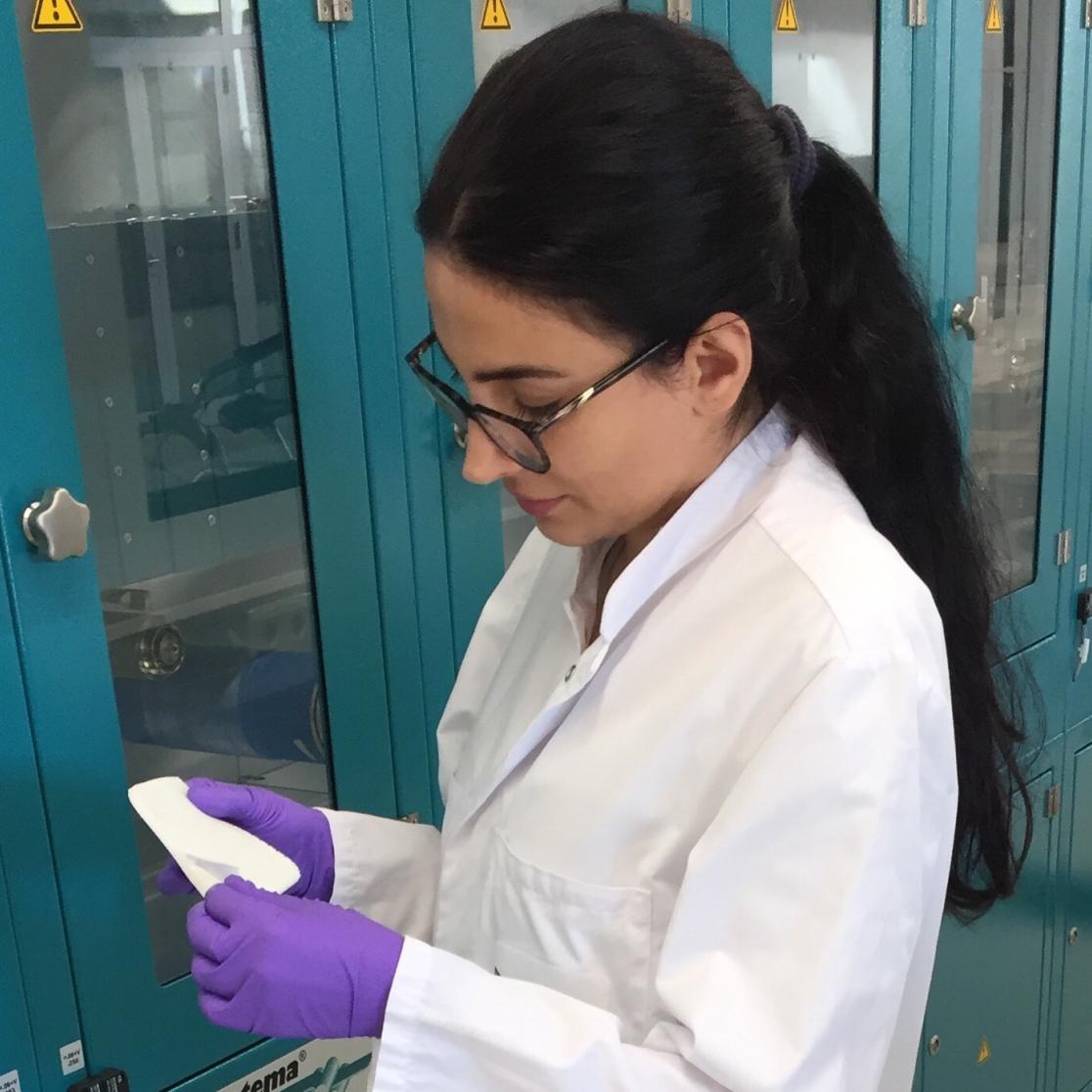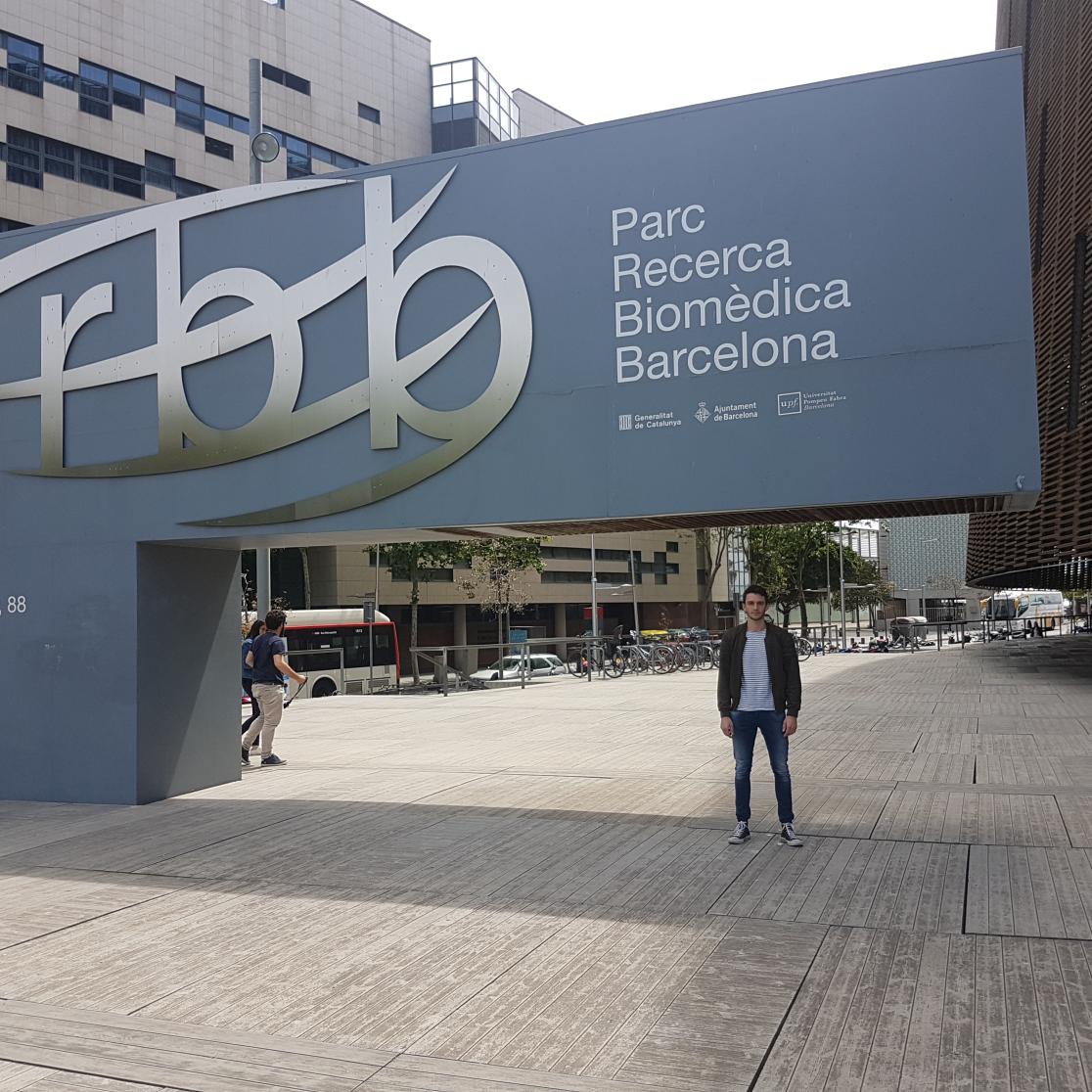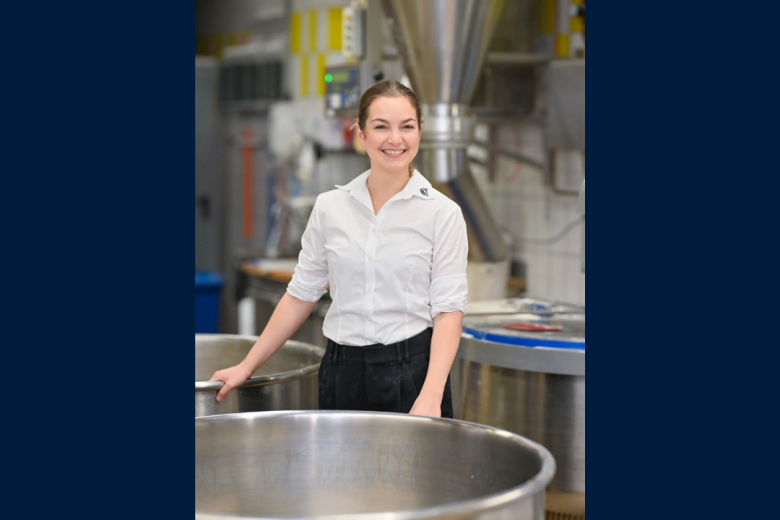International research collaboration facilitated at UM
Dean Paes and Samaneh Ghazanfari are two of the four UM researchers who were able to go abroad this year with a Research Mobility Award from YERUN. This scholarship, from the Young European Research Universities network (YERUN), aims to stimulate research collaboration. And it does, according to their experiences.
Meeting patients in Sweden
Samaneh Ghazanfari’s career path so far
Samaneh Ghazanfari is an expert in tissue engineering and biomaterials. After completing a PhD at the Eindhoven University of Technology and a two-year postdoc at the Vrije Universiteit Amsterdam, which included a visit to the United States, she was ready to translate her fundamental knowledge to clinical practice. Since September 2016, she has been working at the AMIBM institute and leading a group focusing on biohybrids and medical textiles.
What drew her from Iran to the Netherlands?
“I’m originally from Iran, where I finished my Master’s at one of the top universities, called Amirkabir University of Technology, and came to the Netherlands to do my PhD. I really enjoy working in a multi-cultural environment where I can also closely collaborate with great scientists from other universities/countries. That’s one of the reasons that drew me to this job almost two years ago: the fact that I would be working in a cross-border institute, since our institute is a collaboration between Maastricht University (UM), RWTH Aachen University and Frauenhofer IME. It also offers the opportunity to work together with industrial partners here at the Brightlands Chemelot Campus, which is very important if I want to translate my research to the clinic.”
Important tip: know what you’re looking for
Ghazanfari’s curiosity for different academic environments prompted her to applying for a YERUN Research Mobility Award. She spent two weeks at Linköpings University in Sweden, joining the group led by professor Folke Sjöberg, the director of the Burn Center and the Department of Clinical and Experimental Medicine. “Two weeks is not a long time, but I knew exactly what I was looking for: a group experienced with clinical wound dressing studies and the opportunity to meet patients.” That, plus the very welcoming atmosphere in Linköping, made the trip a big success.
Inspirational confrontations with real patients
Ghazanfari accompanied clinicians for days, watching them treat severe burns and, amongst others, foot wounds in patients with diabetes. “The latter were the worst, I must say, because you were looking at the dead tissue without any sign of improvement. That’s one of the wound categories we’re focusing on at the moment.” Every time the dressings are changed, there’s a chance of removing newly formed tissue. “So our focus is to develop a dressing that can stay on during the different stages of wound healing.”
Why interaction with clinicians is key to Samaneh’s work
The explanation of the Linköping clinic’s wound dressing experts was extremely enriching, she says: “In those two weeks I learned more regarding wound dressing in practice than I could have learned by reading for months”. The insights range from the reasons clinicians choose a particular dressing to the requirements they want to be met by an innovation. “You can develop a complex multi-functional wound dressing, but if that doesn’t fit their daily wound experiences, they won’t use it. That’s why it’s so important to keep interacting with the clinic in this kind of translational research.”
How the collaboration will continue in the future
Her network has expanded, and she and her Linköping colleagues plan to keep working together. “At Maastricht University we can design and fabricate a novel dressing which can be clinically tested by the colleagues in Linköping as they have extensive experience in clinical studies. On the other hand, their research focus is on skin grafts where our biomaterial expertise is needed. Our long-term goal is to apply for a European grant to develop a scaffold that can improve the transplantation of skin cells.” In September, Prof. Sjöberg will give a lecture in Amsterdam and he will also visit AMIBM.
Final tip: be brave and stay open to new opportunities
Being able to connect with lots of different people from different cultures is a plus when going on an exchange like this, Ghazanfari says. “I’ve become more comfortable in that sense after my trip to the US. At Harvard and MIT, I met with the big names in my field of expertise, and I learned that they tend to be quite open if you are. I always enjoy collaborating with people who have a collaborative mindset as I believe the quality of work tremendously increases when scientists with different expertise are involved”

Researching on the beach of Barcelona
What is Dean Paes researching?
Dean Paes’ research into Alzheimer’s disease focuses on an enzyme that plays an important role in storing new memories. On 1 June 2017, he started his four-year PhD programme at UM and in that first year he already found that there is more of this enzyme present in the brains of people with Alzheimer's than in healthy brains.
A great metaphor that helps everyone understand
“I always compare it with a bucket of water that you want to bring to a room. Here, the water is information about the things you experience and the room is the long-term memory. There are some holes in the bottom of the bucket for everyone; nobody stores every detail of what happens to or is noticed by them every day in their long-term memory. But if that enzyme is elevated in your brain, it can be compared to having more or larger holes in the bottom of the bucket. And the more holes you have, the less information eventually makes it to the long-term memory.” In scientific terms, this can be described as the ‘signaling cascade responsible for memory consolidation being inhibited more strongly due to an increased expression of that enzyme’. In this video , Dean explains this phenomenon as well.
Unfortunately, the solution is not simple
Anyone who thinks that simply inhibiting this enzyme in our brain is the solution for Alzheimer's disease is mistaken. “If you use a drug that inhibits all subtypes of the enzyme at the same time, you get side effects like nausea and vomiting.” The recipe for making all of these different enzyme subtypes is written (coded) in a single gene in our DNA and Paes would like to know more about how different pieces of this gene are combined to form the different subtypes. “So that we can eventually learn how to improve memory by only inhibiting certain subtypes, without any unpleasant side effects.”
Sun, sea and datasets in Barcelona
In his search for a research group from the universities affiliated with YERUN, he came across the group of Prof. Eduardo Eyras at the Universitat Pompeu Fabra in the Spanish city of Barcelona. “They’re experts in the field of ‘alternative splicing’, or the process through which pieces of genes are combined to code for subtypes. They research this with a focus on cancer, but interestingly there are even studies that show a link between ‘our’ enzyme and cancer. It’s a win-win.” Paes was welcomed there. In two weeks, he not only enjoyed the Mediterranean climate and the beautiful building right by the sea, but a new scientific door opened up to him. “I primarily do lab research, whereas they specialise in analysing large datasets with computer technology.”
Dean is inspired for the rest of his PhD programme
During those two weeks, Paes generated a lot of data with which he could approach his research question in a different way and made contacts with people that he would stay in touch with. “I’ve seen how valuable that can be. With computational science, you can analyse a lot of data and then generate new hypotheses in a short time. My programming skills have been refreshed a bit, though I haven’t come close to their expertise level, of course. You can’t be an expert in everything. That’s why collaboration is so important. And therefore these kinds of exchanges. I haven’t had a scientific breakthrough in two weeks, but I have laid the foundation for an additional approach that creates even more knowledge about that enzyme. Every day as a scientist you come closer to the truth. The answer is there, but it is up to us to unravel it.”

Also read
-
Flour, family, and forward thinking: the evolution of Hinkel Bäckerei
In the heart of Düsseldorf, the comforting aroma of freshly baked bread has drifted through the streets for more than 130 years. Since its founding in 1891, Hinkel Bäckerei has evolved from a small neighborhood bakery into a cherished local institution.
-
Contribute to a Voice for Children in Conflict Areas
Dr Marieke Hopman and Guleid Jama are launching a new research project on the role of children in peacebuilding in conflict areas.
-
Administrative integration through agency governance The role of Frontex, the EUAA and Europol
PhD thesis by Aida Halilovic